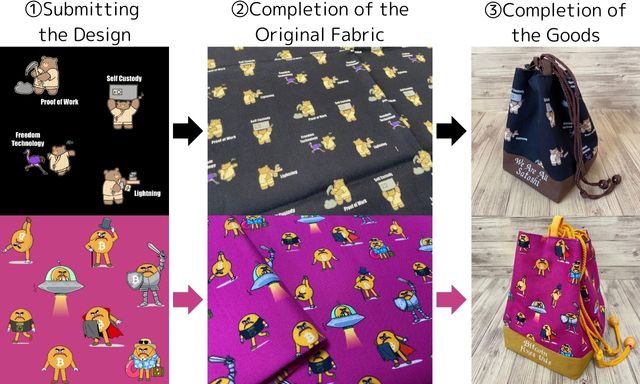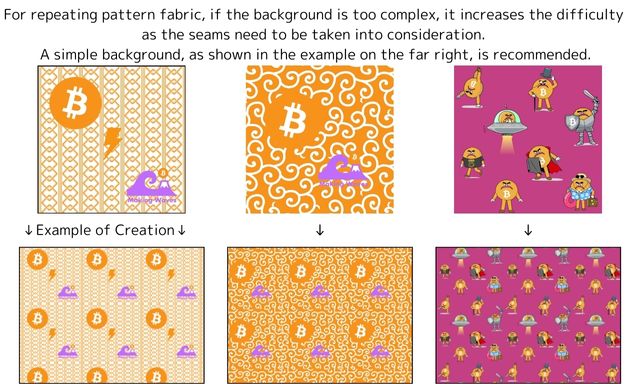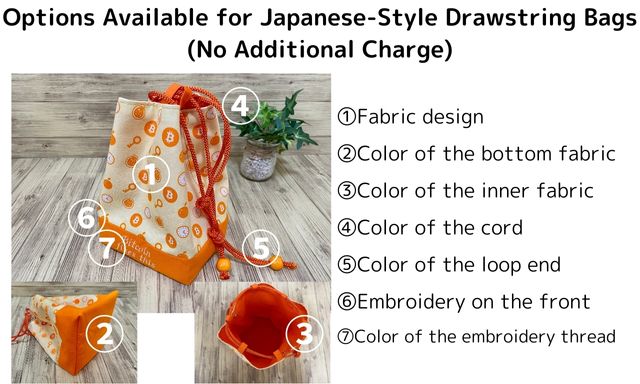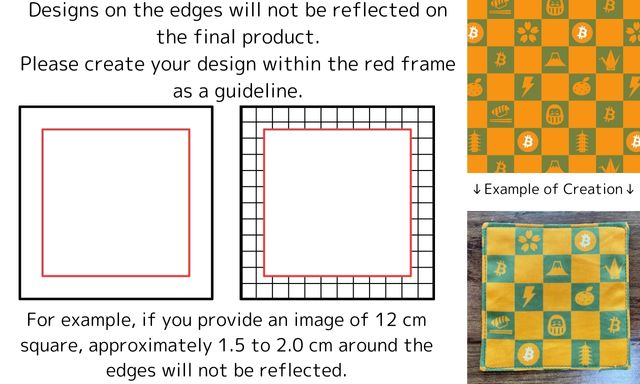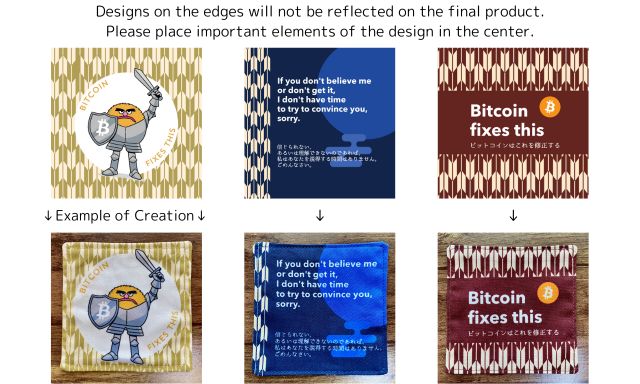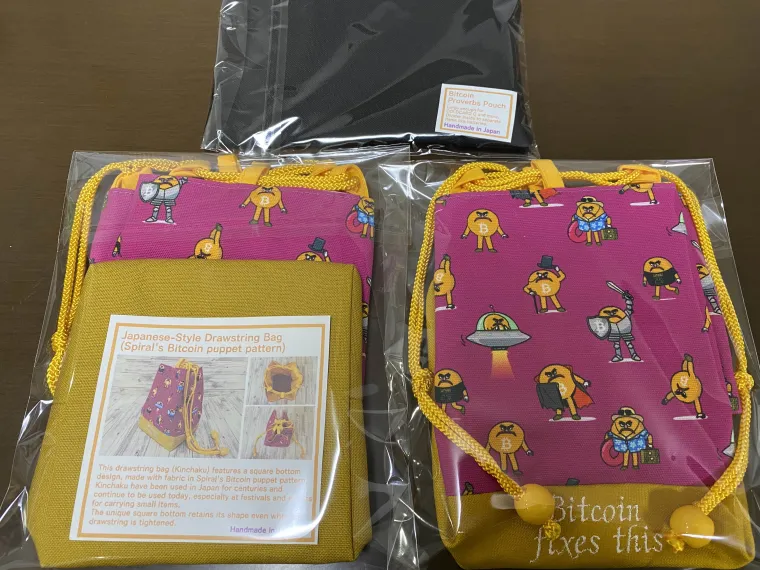Traditional Japanese patterns have been used to bring good fortune and express wishes for happiness.
Here are some well-known traditional patterns in Japan.
Yoshiwara Tsunagi Pattern
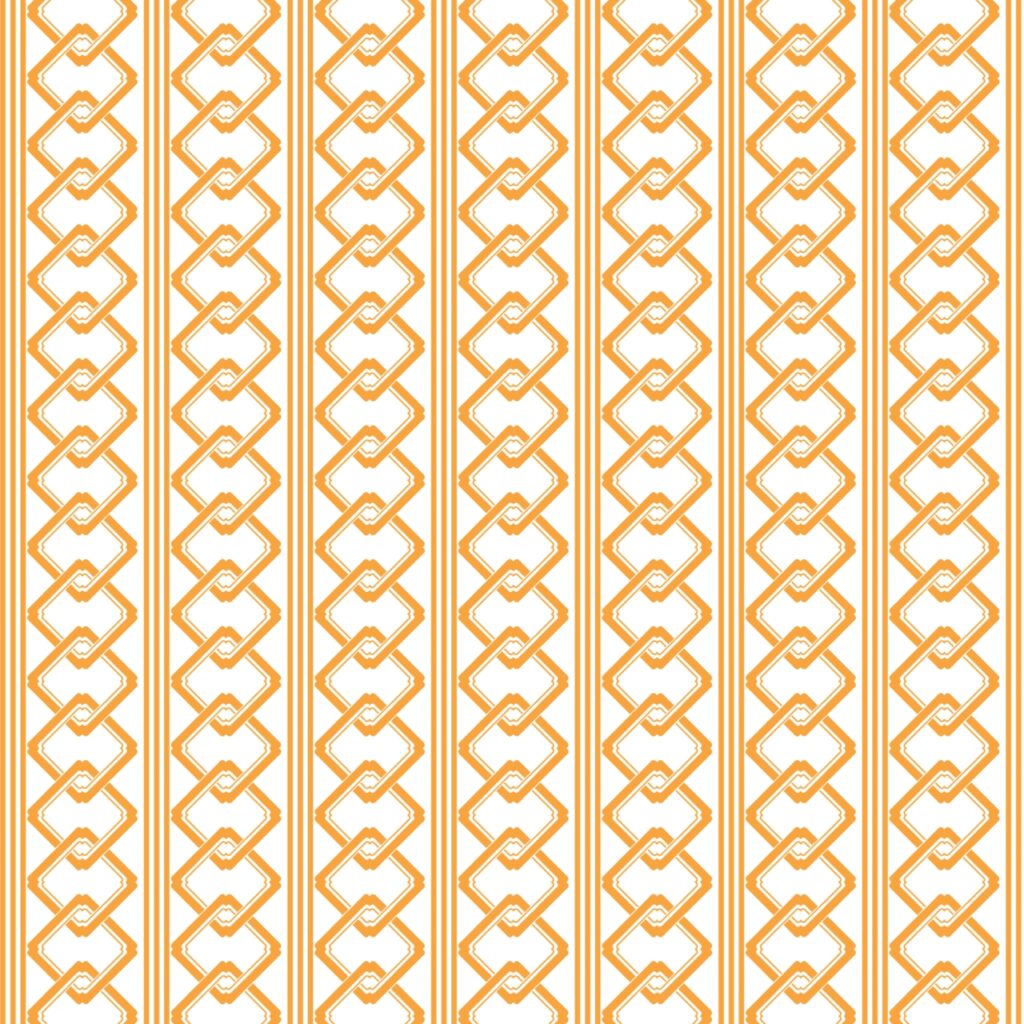
A pattern resembling interconnected chains, named after the Yoshiwara pleasure district in Edo, where it was said that once someone entered, they could not easily leave. The pattern’s imagery of interconnected chains symbolizes rich human relationships and good connections.
Seigaiha (Blue Ocean Waves)
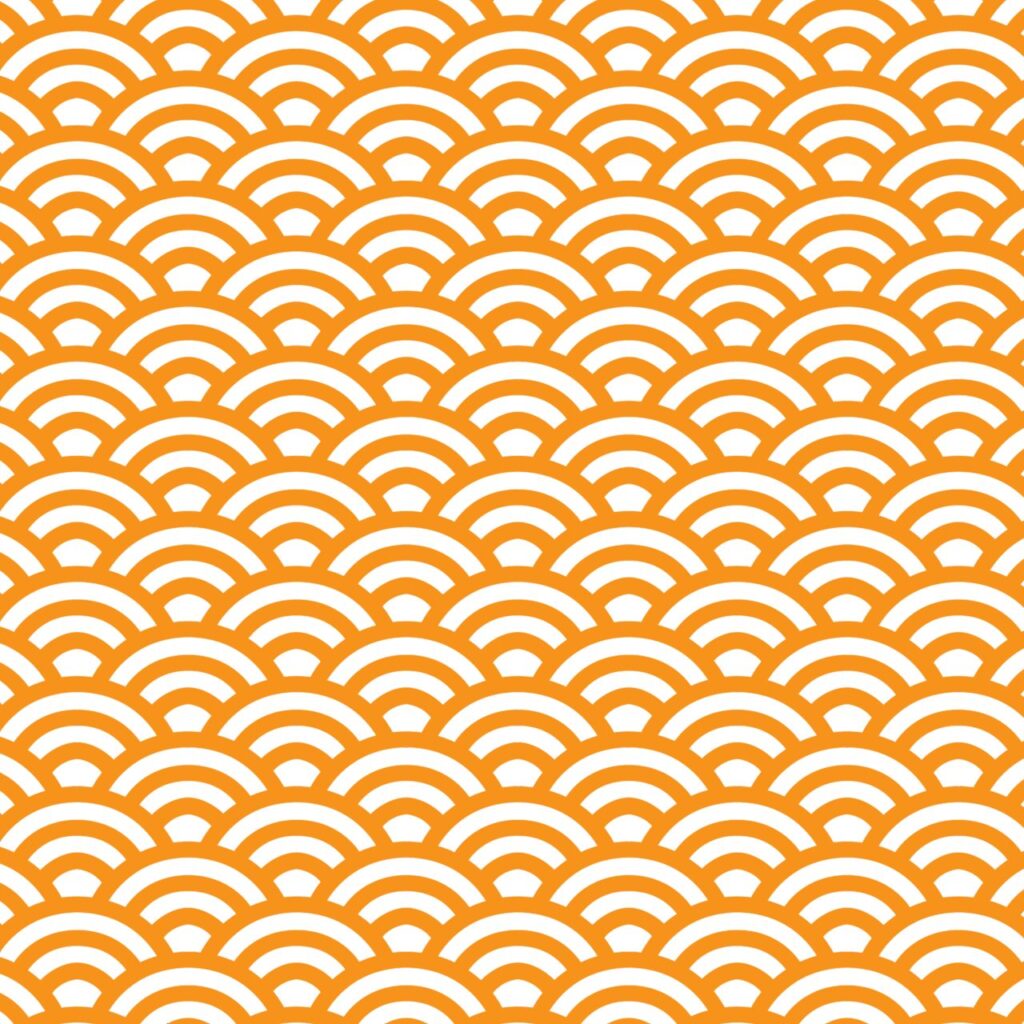
This pattern represents the image of gentle waves continuing endlessly. It carries the wish for an eternally peaceful life and also has the meaning of warding off evil by purifying it, similar to water washing away calamities.
Yagasuri Pattern

A pattern inspired by arrow feathers. It depicts a “hamaya,” an arrow believed to ward off evil and bring good fortune. There was a custom of giving kimonos with Yagasuri patterns to daughters when they got married to symbolize that they would not return home, as arrows, once shot, do not come back but fly straight.
Asanoha Pattern
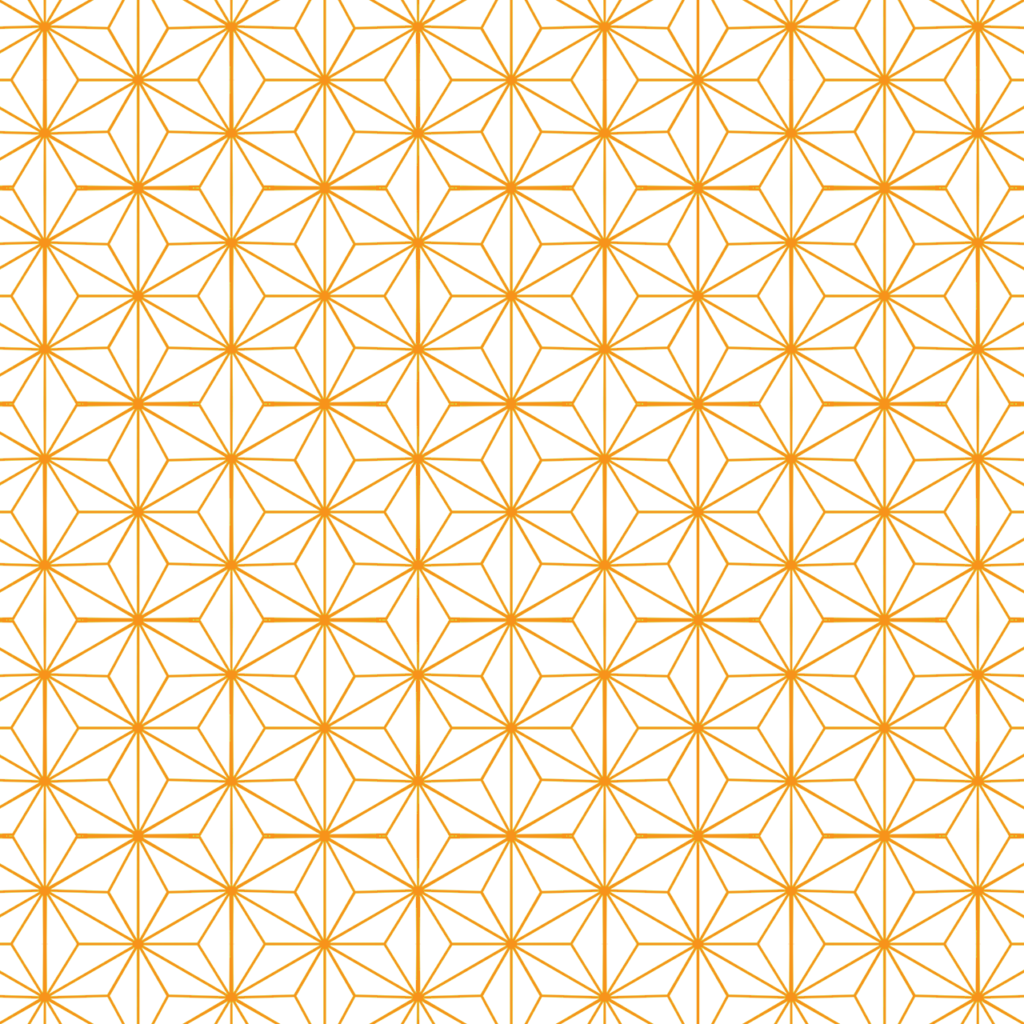
A geometric pattern based on regular hexagons, resembling hemp leaves. Hemp is known for its strong vitality, and in the Edo period, kimonos with Asanoha patterns were worn by children as a prayer for healthy growth and protection from evil.
Ichimatsu Pattern
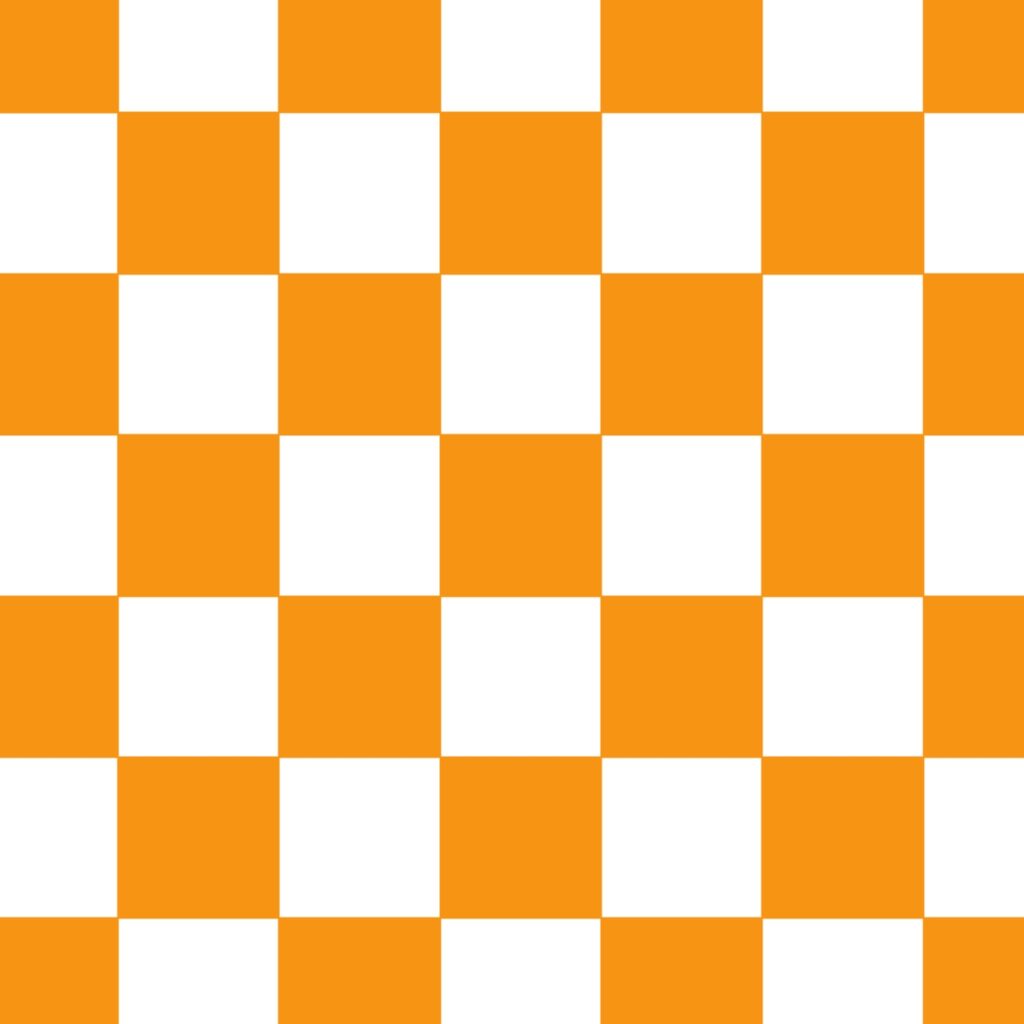
A pattern consisting of two-colored squares arranged in a checkerboard fashion. It symbolizes eternity and prosperity due to its uninterrupted, continuous design.
Karakusa Pattern
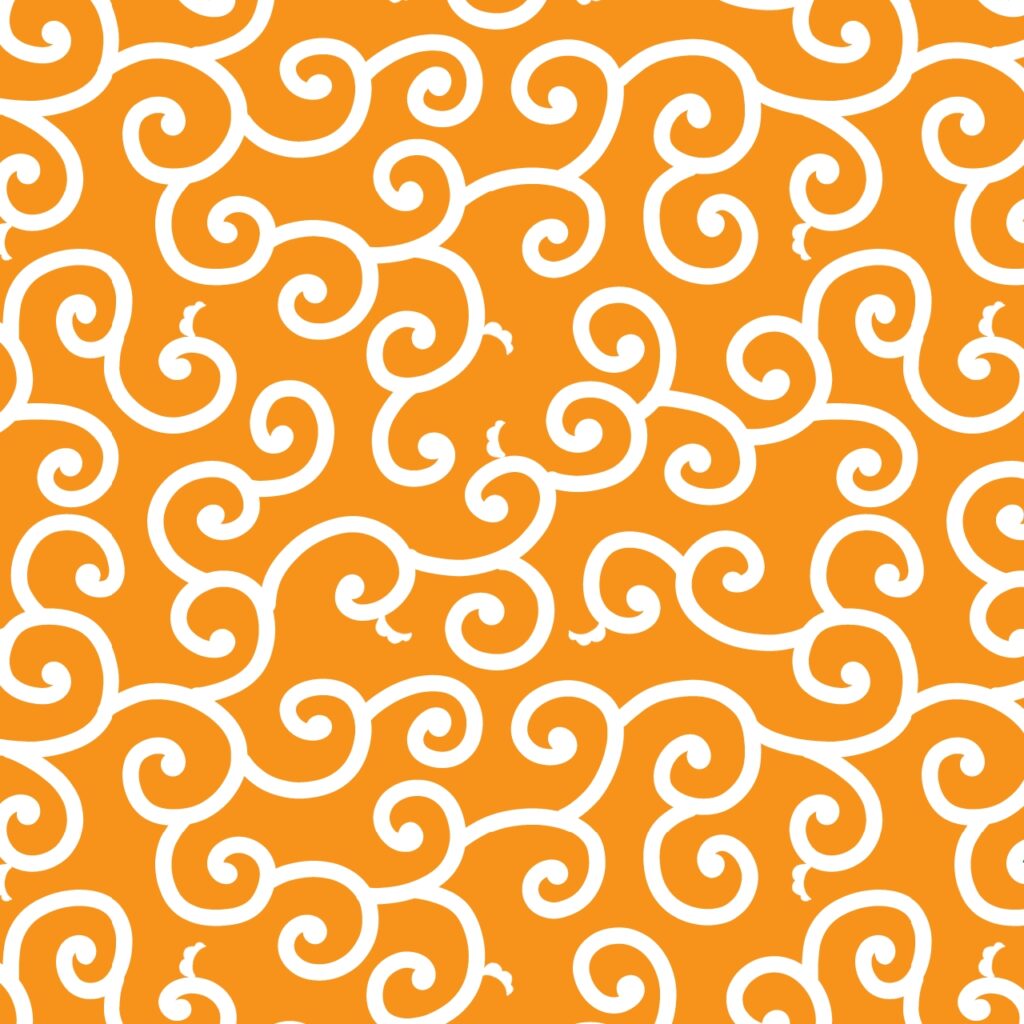
A pattern of intertwined vine plants forming curves. Its strong vitality and continuous vine growth symbolize prosperity and longevity. In Japan, Karakusa patterns are sometimes depicted on the cloth carried by thieves, which originates from the past when every household had cloths with Karakusa patterns that thieves used to wrap stolen goods.
